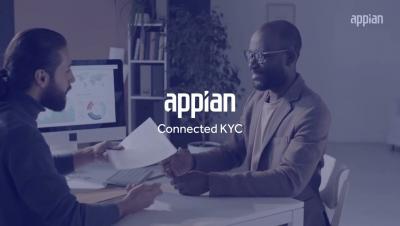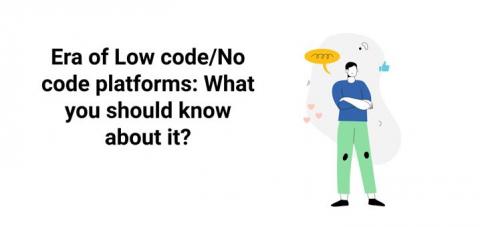Building a file reader
A common task for any IT department, or individual developer, is to move data from one location to another. A simple task to do once, but if this must be done many times for many different files (each with its own metadata, file type and data structure), it is a task that can become tedious. Luckily there are many low-code tools that can make this task much more manageable. As an example, Linx allows us to import a file and make the data available elsewhere quickly.







